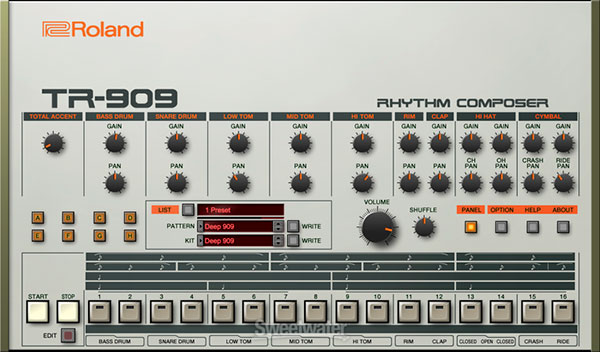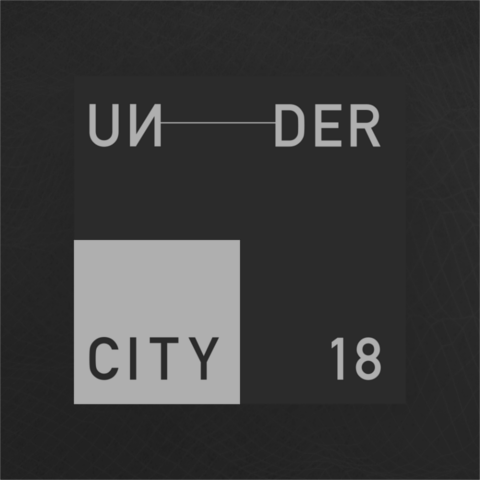The Roland TR-909 Rhythm Composer, commonly known as the 909, is a drum machine introduced by Roland Corporation in 1983, succeeding the TR-808. It was the first Roland drum machine to use samples for some sounds, and the first with MIDI functionality, allowing it to synchronize with other devices. Though a commercial failure, it influenced the development of electronic dance music genres such as techno, house and acid house.
Whereas the 808 is known for its "boomy" bass, the 909 sounds aggressive and "punchy". It has 11 percussion voices and offers sounds for bass drum, snare, toms, rimshot, clap, crash cymbal, ride cymbal and hi-hat (open and closed).[8] It omits the clave, cowbell, maracas, and conga sounds from the 808. The bass has controls for attack and decay. The snare has controls for tone and "snappy", which adjusts the amount of the snare wire sound. As the clap and snare are generated via the same noise source, they produce a phasing effect when played together.
The 909 features a sequencer that can chain up to 96 patterns into songs of up to 896 measures, and offers controls including shuffle and flam. Users can add accents to beats. The 909 was the first Roland drum machine to use MIDI, allowing it to synchronize with other MIDI devices, or to allow sounds to be triggered by an external MIDI controller for wider dynamic range. Older Roland machines can be synchronized via its DIN sync port.













